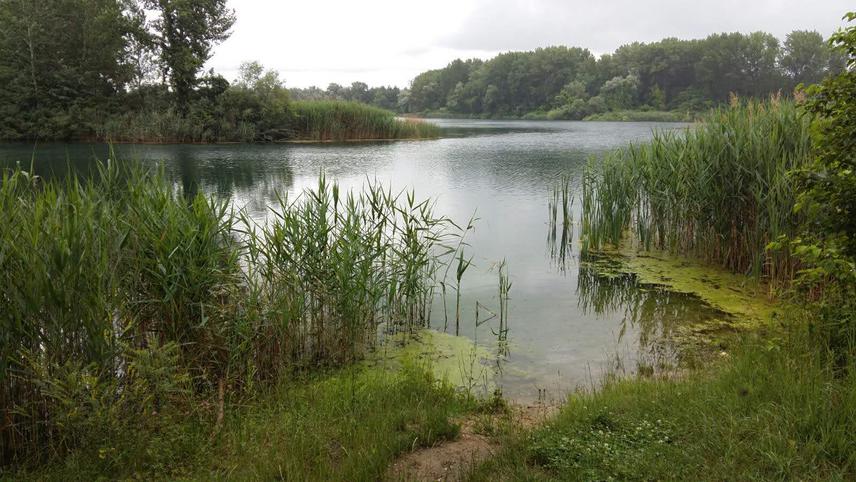Ivana Trbojević
Other projects
13 Jun 2018
Guardians of the Fragile Equilibrium in the Shallow Ecosystems of a Ramsar Sites in Serbia: Stoneworts Diversity and Distribution
Our project goal is detecting shifts in stonewort diversity over time and estimating the possibilities for the lost diversity revitalization in project area.
Project will take place in the floodplain of three rivers - Danube river (Labudovo okno in the Danube floodplain, part of Special Nature Reserve Deliblato sands), Karaš river and Nera river (recently protected area Karaš-Nera). Two out of these three rivers are designated as important international ecological corridors (Danube river and Nera river), while the third river, Karaš river has been intercepted by building Danube-Tisza-Danube (DTD) channel, which left behind numerous cut off meanders - oxbow lakes (so-called Old Karaš). Part of the Danube floodplain selected for survey in this project is a Ramsar site Labudovo okno. A part of the Old Karaš meanders and Nera floodplain has recently been protected, but no stoneworts investigations were conducted here recently. Selected localities are neighbouring and situated in the most south-east region of Vojvodina (Northern Province of Serbia), bordering with Romania. We will also take samples in selected localities in non-protected area in between and nearby selected protected areas (e.g., Bela Crkva lakes).

Bela Crkva lakes.
River floodplains consist of valuable shallow ecosystems, but intensity of numerous anthropogenic activities directly results in natural floodplain habitats being fragmented and degraded. Stoneworts are important inhabitants of shallow ecosystems, they are primary producers, they provide habitat and food for various organisms, and they enhance water clarity, store carbon and nutrients and thus maintain stability of these fragile habitats. Since original wetlands have been largely destroyed by extensive agriculture and urbanization in this region, we have planned surveys of existing shallow and small water bodies as well as localities where water bodies formerly existed, but disappeared due to succession, drainage, infill etc. In the field we are going to collect both plants and sediment for diaspore bank survey. Stonewort oospores are found to be major part of diaspore bank contained in sediments, offering eco-friendly solution for habitat restoration and native diversity revitalization to be applied. We are going to search for oospores in diaspore banks and assess their viability.
The aim of this project is directed toward comprehensive estimation of stoneworts diversity in this particular region, based on detection of plants and oospores in diaspore banks, and to recommend potential measures for conservation and revitalization of their habitats.